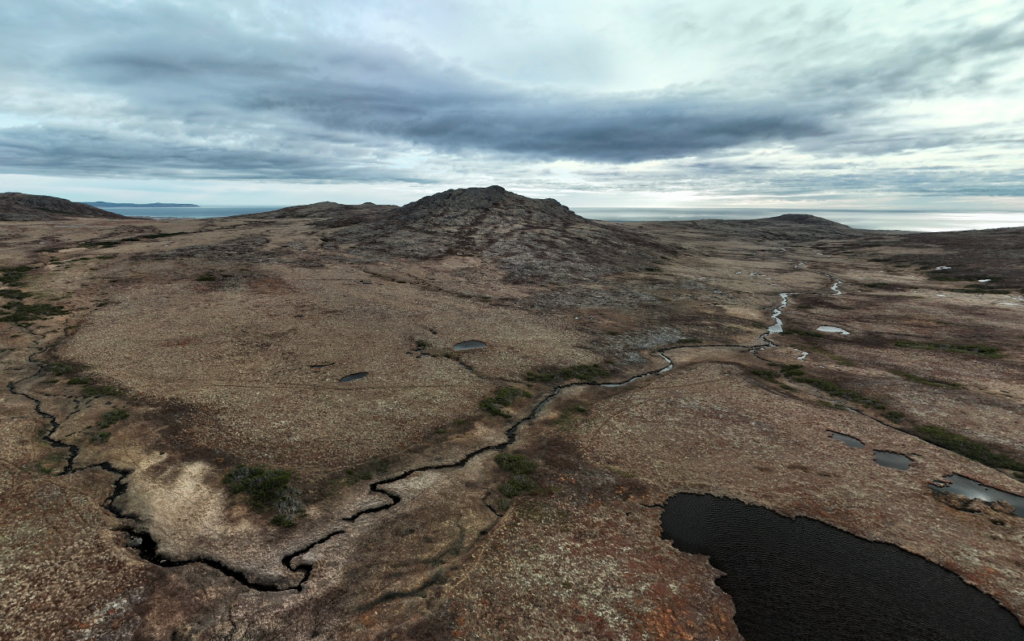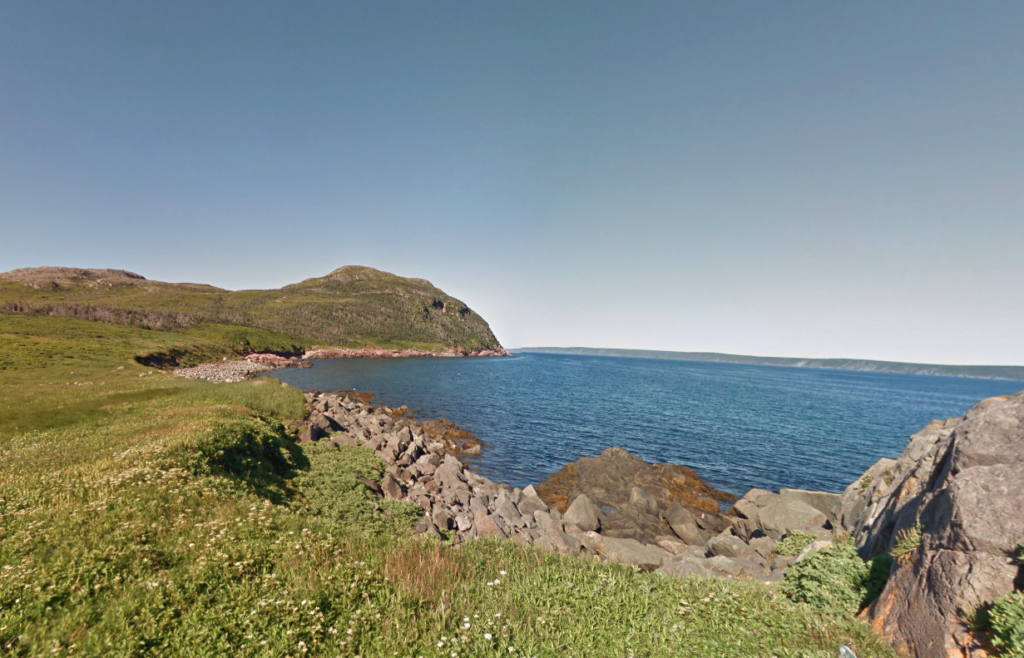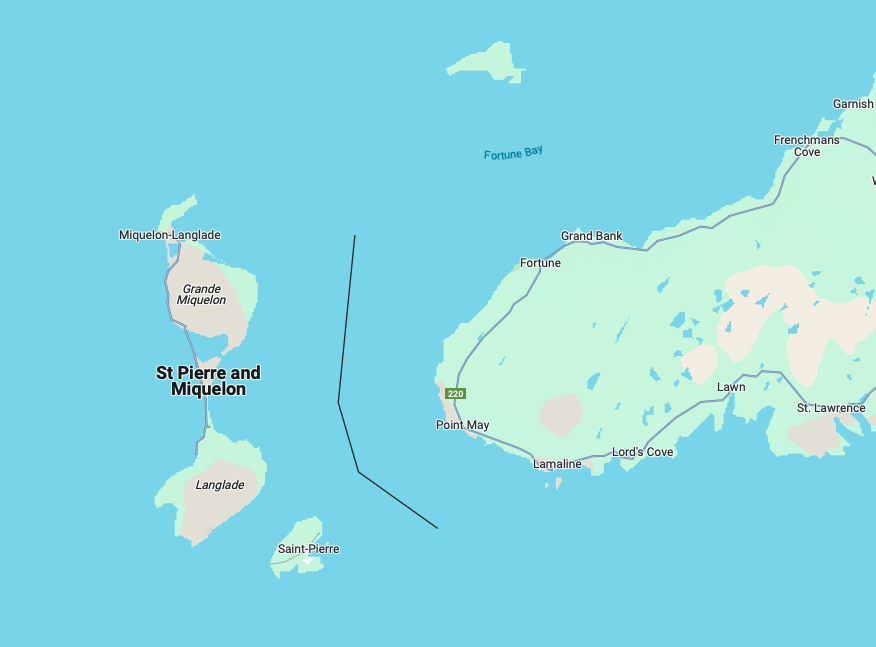Saint Pierre and Miquelon – Let’s explore here
What’s it like in Saint Pierre and Miquelon?
Saint Pierre and Miquelon is a small French territorial collectivity located off the coast of Newfoundland, Canada, in the North Atlantic Ocean. The territory consists of several islands, with the two main islands being Saint Pierre and Miquelon, along with smaller surrounding islets. The highest peak is Morne de la Grande Montagne, at 790 ft (240 m) above sea level.
Saint Pierre is the smaller of the two main islands, covering an area of approximately 10 square miles (26 square km). It is the administrative and commercial centre of the territory, housing the capital, Saint-Pierre, which is the only town on the island. Saint Pierre is characterised by a rugged coastline, cliffs and small coves. The island has a relatively mild climate compared to other regions at similar latitudes, due to the moderating influence of the Gulf Stream.
Miquelon is the larger of the two main islands, with an area of around 85 square miles (220 square km). It is located to the southwest of Saint Pierre and is more sparsely populated. Miquelon is divided into two parts: the larger Miquelon-Langlade and the smaller Langlade Island. The landscape is mainly flat, with marshes and sandy beaches, and it has a more continental climate than Saint Pierre. Miquelon is home to a variety of wildlife, including seabirds and marine life.
In addition to the main islands, the territory includes smaller islets such as Île aux Marins, Île de la Détresse, and Île aux Vainqueurs. These islands are less developed and are often uninhabited or used for seasonal activities like fishing.
Saint Pierre and Miquelon has a population of fewer than 6,000 people (2022), almost all of whom live in the capital, Saint-Pierre.

A bit about the history of Saint Pierre and Miquelon
Early History
The islands of Saint Pierre and Miquelon were originally inhabited by indigenous peoples such as the Mi’kmaq before European exploration. The first European to arrive in the area was likely the French explorer Jacques Cartier in 1536. The islands were later settled by the French in the 17th century, establishing a presence that would persist for centuries, despite various conflicts over ownership.
French and British Conflicts
During the 17th and 18th centuries, the islands were frequently contested by the French and the British due to their strategic location near the rich fishing grounds off Newfoundland. Saint Pierre and Miquelon changed hands several times, particularly during the wars between France and Britain, including the Seven Years’ War (1756–1763), when France ceded the islands to Britain. However, they were returned to France under the Treaty of Paris in 1814, following the Napoleonic Wars.
French Overseas Territory
Saint Pierre and Miquelon remained a French overseas territory, even as other parts of the French colonial empire in North America were lost after the Napoleonic Wars. The islands became a key French base for fishing, especially cod, and played a role in the French fishing industry.
Prohibition and Smuggling
During the early 20th century, particularly in the 1920s, Saint Pierre and Miquelon became famous as a centre for smuggling alcohol into the United States during Prohibition. Due to its proximity to the US, the islands became a key hub for illegal alcohol trade, significantly contributing to its economy.
Post-World War II Era
After World War II, Saint Pierre and Miquelon’s status as a French overseas territory was reaffirmed. The islands experienced a period of economic decline, with their reliance on the fishing industry proving less sustainable due to overfishing and changing international regulations.
Modern-Day Status
Today, Saint Pierre and Miquelon remains a self governing territorial collectivity of France, with a special relationship to Canada. It has its own local government but is represented in the French National Assembly and Senate. The islands are mainly known for their French culture, with French being the official language, and their role as a fishing community. The territory faces challenges related to its small population, limited economy and dependence on subsidies from mainland France. Despite these challenges, the islands continue to maintain their unique cultural and historical ties to France.

Saint Pierre and Miquelon road trip
We plan to visit Saint Pierre and Miquelon as part of Canadian road trip. We’ll update this section closer to our visit.
Map of Saint Pierre and Miquelon

Weather in Saint Pierre and Miquelon
When is the best time to visit Saint Pierre and Miquelon?
The best time to visit Saint Barthélemy is from June to September. During these months, the islands have 5-6 hours of sunshine per day and rainfall of 3.7 – 5.1 inches (94 – 130 mm) per month. The temperature ranges from 7 – 20°C (44 – 67°F).
When is the worst time to visit Saint Pierre and Miquelon?
The worst time to visit Saint Barthélemy is from December to March. During these months, the islands have 1-2 hours of sunshine per day and it rains an average of 3.8 – 4.6 inches (97 – 117mm) per month. The temperature ranges from -6 – 3°C (22 – 38°F).
Travel in and around Saint Pierre and Miquelon
SPM ferries travels between the islands and Fortune, Newfoundland.
What’s it like to drive in Saint Pierre and Miquelon?
They drive on the right hand side of the road in Saint Pierre and Miquelon. The majority of the roads in Saint Pierre and Miquelon are in a fairly good condition, with most being maintained regularly.
Do you require an international driving permit in Saint Pierre and Miquelon?
We’ve created a dedicated page to driving abroad, which answers this question, and more, which you might find helpful.
Can you use your UK driving license when driving through Saint Pierre and Miquelon?
We’ve created a dedicated page to driving abroad, which answers this question, and more, which you might find helpful.
Do I need a carnet de passages to drive in Saint Pierre and Miquelon?
We’ve created a dedicated page to driving abroad, which answers this question, and more, which you might find helpful.
What are the speed limits in Saint Pierre and Miquelon?
The speed limits for cars in Saint Pierre and Miquelon are:
- 30 mph (50 km/h) for urban driving
- 50 mph (80 km/h) outside of built up areas
- 60 mph (100 km/h) on dual carriageways
What currency do they use in Saint Pierre and Miquelon?
In Saint Barthélemy they use the Euro, although Canadian dollars are also widely accepted. Cash is widely used. The use of credit / debit cards is widely accepted in tourist areas. There are some ATMs in tourist areas.
You should make yourself aware of the amount that your bank charges you for using credit and debit cards abroad. Often credit cards are cheaper for purchasing items directly, and for withdrawing cash from ATMs.
What language do they speak in Saint Pierre and Miquelon?
They speak French in Saint Pierre and Miquelon. English is also spoken widely.
What time zone is Saint Pierre and Miquelon in?
Remember, when you’re planning your next trip to take a look at what time zone it’s in.
Do I need a visa to visit Saint Pierre and Miquelon?
We’ve created a dedicated, more comprehensive page on visas, which you should find helpful. Check it out!
Is wild camping legal in Saint Pierre and Miquelon?
No, wild camping is illegal in Saint Pierre and Miquelon.
What plug / socket type do they use in Saint Pierre and Miquelon?
In Saint Pierre and Miquelon they use plug / socket types C and E.


Health issues in Saint Pierre and Miquelon
Is it safe to drink water in Saint Pierre and Miquelon?
Yes, it is safe to drink tap water in Saint Pierre and Miquelon. Bottled water is also readily available across the country.
What vaccinations are required for Saint Pierre and Miquelon?
This NHS website is kept up to date with all relevant information on vaccinations in Saint Pierre and Miquelon.
Phones in Saint Pierre and Miquelon
What is the country calling code for Saint Pierre and Miquelon?
The country calling code for Saint Barthélemy is +508
What are the emergency phone numbers in Saint Pierre and Miquelon?
- The emergency number for police in Saint Barthélemy is: 112 / 17
- In Saint Barthélemy, the emergency number for ambulance is: 112 / 15
- The emergency number for fire in Saint Barthélemy is: 112 / 18
If you’ve got some useful info that you’d like to share, let us know!
And don’t forget to check out all the other pictures!
